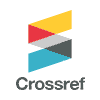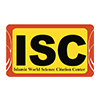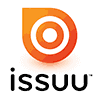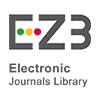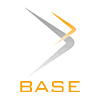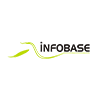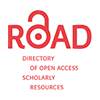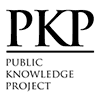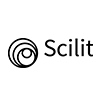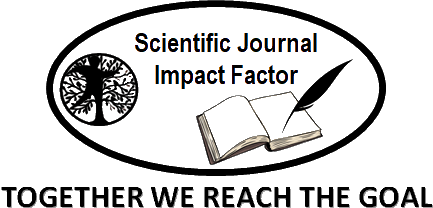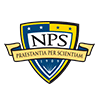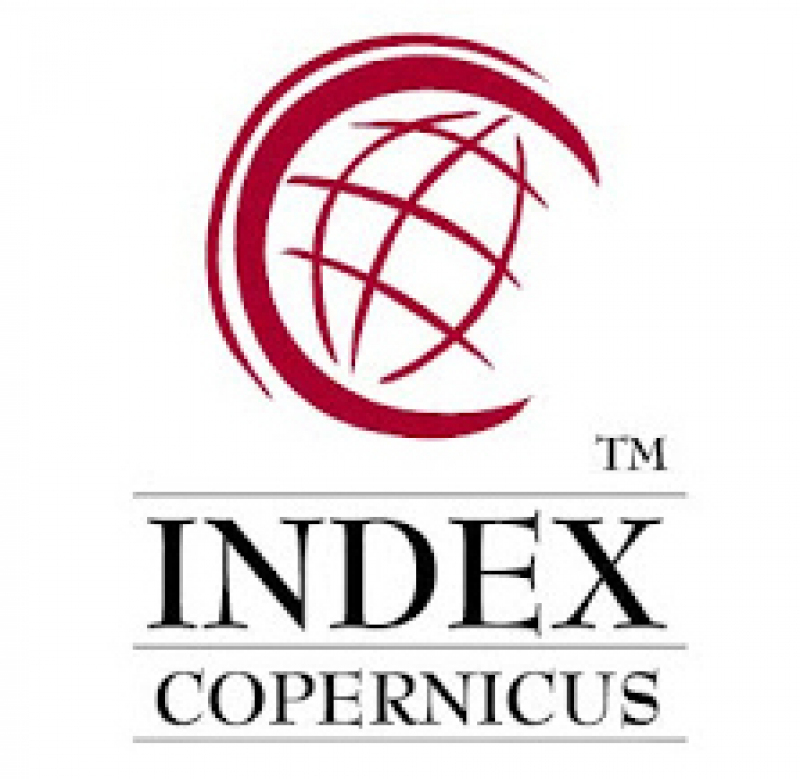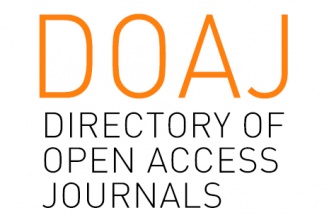Mixing Internal and External Codes in Indonesian Speech Acts
Abstract
Multilingualism is one of the causes of code mixing in speech acts. This research examines code mixing in direct and indirect speech acts in Indonesian in children aged 5-8 years. The aim of the research is to describe the types of code mixing, forms of code mixing, and the factors that cause code mixing. This research is a type of qualitative descriptive research. The research subjects were children aged 3-5 years in the Bu Yani Rented Complex play group, RT 05 Modalan, Banguntapan, Bantul. The object of this research is code mixing which is classified based on its type and form in speech acts. Data was collected through listening techniques, tapping techniques, Free Listening Free Speech techniques, recording techniques, and recording techniques. The research instrument used is a human instrument. The data analysis technique was carried out using the Miles, Huberman, and Saldana analysis methods, namely data collection, data condensation, data presentation, and drawing conclusions. The research results showed that the code mixing found was internal code mixing originating from Javanese, while external code mixing came from English. The most data was found in Direct Speech Act events, while the type of code mixing that was most often used was internal code mixing. Factors causing internal and external code mixing include non-formal factors, relaxed situations due to playing, the influence of the first language, and familiarity with several foreign languages.
Keywords
Full Text:
PDFReferences
Aji A, Winata GI, Koto F, Cahyawijaya S, Romadhony A, Mahendra R, K., & K, Moeljadi D, Prasojo RE, B. T. (2022). One Country, 700+ languages: NLP challenges for underrepresented languages and dialects in Indonesia. In: Proceedings of the 60th Annual Meeting of the Association for Computational Linguistics, 1(Long Paper), 7226–7249.
Alwasih, A. C. (1993). Sosiologi sastra. Angkasa.
Amijoyo, P. S. & R. K. C. (2011). Kamus-Inggris Indonesia, Indonesia-Inggris. Widya Karya.
Azis, H. N., & Rahmawati, L. E. (2021). Alih kode dan campur kode dalam pembelajaran Bahasa Indonesia. ESTETIK : Jurnal Bahasa Indonesia, 4(1), 55. https://doi.org/10.29240/estetik.v4i1.2288
Barik, A. M., Mahendra, R., & Adriani, M. (2019). Normalization of indonesian-english code-mixed twitter data. W-NUT@EMNLP 2019 - 5th Workshop on Noisy User-Generated Text, Proceedings, 417–424. https://doi.org/10.18653/v1/d19-5554
Hidayatullah, A. F., Apong, R. A., Lai, D. T. C., & Qazi, A. (2023). Corpus creation and language identification for code-mixed Indonesian-Javanese-English Tweets. PeerJ Computer Science, 9, 1–24. https://doi.org/10.7717/PEERJ-CS.1312
Herniti, E. (2008). Alih kode dan campur kode Bahasa Jawa dalam pemakaian Bahasa Indonesia. Sosio-Religia, 7(2), 1–31. http://digilib.uin-suka.ac.id/39902/
Meigasuri, Z., & Soethama, P. L. (2020). Indonesian – English code-mixing in Novel Touché by Windhy Puspitadewi. Humanis, 24(2), 135. https://doi.org/10.24843/jh.2020.v24.i02.p04
Miles, Matthew B, A. M. H. & J. S. (2014). Qualitative data analysis, a methods sourcebook (3rd ed.). Sage Publications.
Moleong, L. J. (2013). Metodologi penelitian kualitatif (edisi revi). Remaja Rosdakarya.
Myers-Scotton, C. (1993). Common and uncommon ground: Social and structural factors in codeswitching. Language in Society, 22(4), 475–503. https://doi.org/https://doi.org/10.1017/S0047404500017449
Nababan. (1984). Sosiolinguistik suatu pengantar. Gramedia Pustaka Utama.
Oktarina, D. (2005). Tindak tutur dalam laras berita jurnalistik: Kolom Pojok Harian Singgalang. Salingka, 2(1), 82–94.
Rafida, T. (2018). Code Mixing in talk show program on radio between Indonesian and English. Journal of Cognitive Science, 19(4), 493–509. https://doi.org/10.17791/JCS.2018.19.4.493
Rizal, A. N. & S. S. (2020). Evaluating word embeddings for Indonesian–English code_mixed text based on synthetic data. Marseille, France: Proceedings of the LREC 2020—4th Workshop on Computational Approaches to Code Switching, 26–35.
Saddhono. (2014). Pengantar sosiolinguistik: Teori dan konsep dasar. UNS Press.
Subyakto, S. L. (1988). Psikolinguistik: Suatu pengantar. Departemen Pendidikan dan Kebudayaan.
Sugiyono. (2020). Metode Penelitian kuantitatif, kualitatif, dan kombinasi (mixed methods) (Edisi II,). Bandung: Alfabeta.
Suwito. (1983). Pengantar Awal sosiolinguistik: teori dan problema. Henry Offset.
Tho, C., Heryadi, Y., Kartowisastro, I. H., & Budiharto, W. (2023). Code-mixed sentiment analysis indonesian-english using transformer model. ICIC Express Letters, 17(11), 1295–1302. https://doi.org/10.24507/icicel.17.11.1295
Wijana, D. P. (1989). Dasar-dasar pragmatik. Andi.
Yule, G. (2006). Pragmatik (Terjemahan oleh Indah Fajar Wahyuni). Pustaka Pelajar.
DOI: http://dx.doi.org/10.18415/ijmmu.v12i8.6956
Refbacks
- There are currently no refbacks.
Copyright (c) 2025 International Journal of Multicultural and Multireligious Understanding

This work is licensed under a Creative Commons Attribution-NonCommercial-NoDerivatives 4.0 International License.
https://ijmmu.com
editor@ijmmu.com
facebook.com/ijmmu
Copyright © 2014-2018 IJMMU. All rights reserved.







